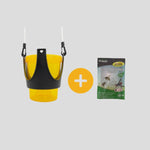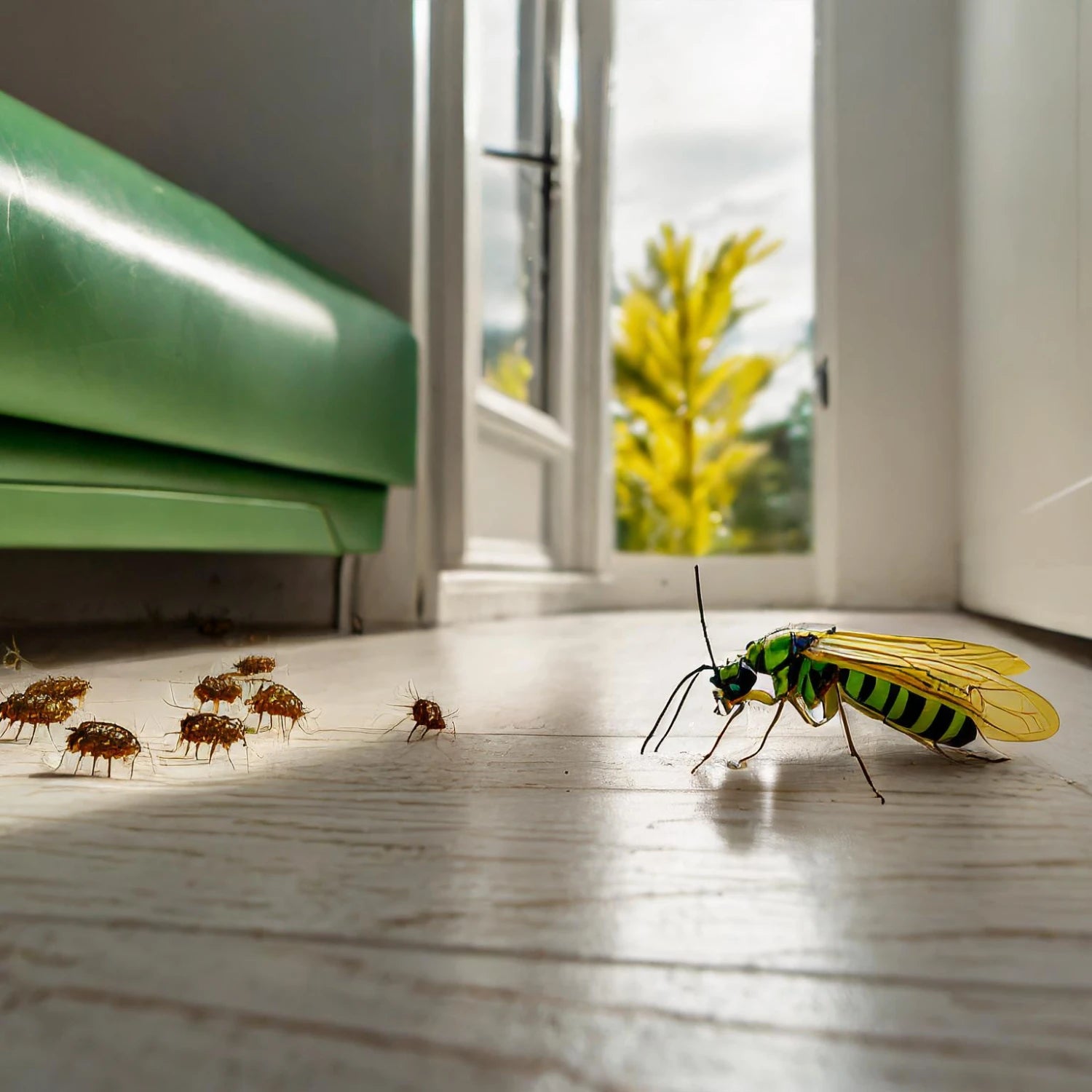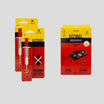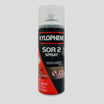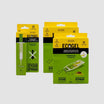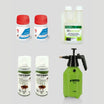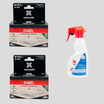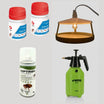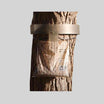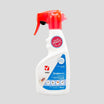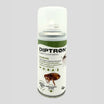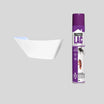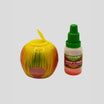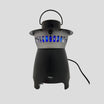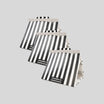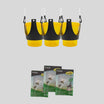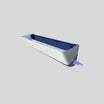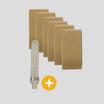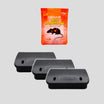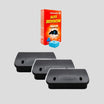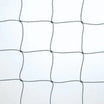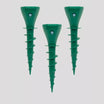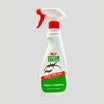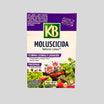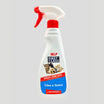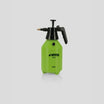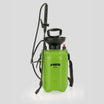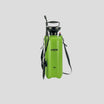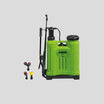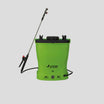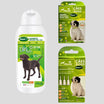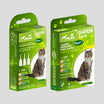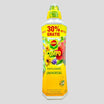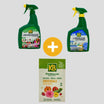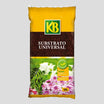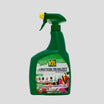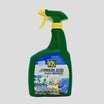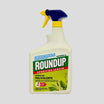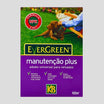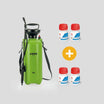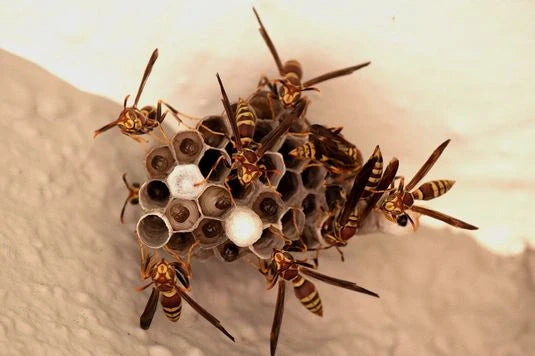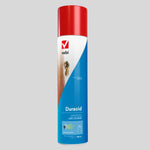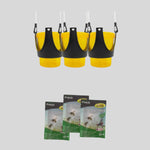Wasps can become a problem when their nests are too close to homes, gardens or work areas. In addition to the risk of painful stings, some species, such as the Asian hornet (Vespa velutina), pose a significant threat to bees and other beneficial insects. Fortunately, there are effective solutions for dealing with these pests safely and conveniently.
Identify the Problem: Wasps and their Nests
Before taking action, it is important to identify the type of wasp and the location of the nest:
Common Wasp (Vespula vulgaris) Nests:
Usually found in cavities in the ground, trees or structures such as roofs.
Asian Hornet (Vespa velutina) Nests:
Located on tall trees, posts or even eaves of buildings, and are spherical or oval in shape.
Both species can become aggressive when they feel their nest is threatened, so removal must be done with caution.
Solutions to Eliminate Wasps and Nests:
THE) Prevention with Traps
An effective way to control wasps before they build nearby nests is to use attractant traps.
Pack to eliminate the Common Wasp:
How to use?
- Open the trap lid
- Dilute 50 ml of bait in 200/250 ml of water. Then, place the diluted attractive bait inside the trap in order to effectively attract the wasps.
- When the tank is full of wasps, empty the trap.
- Replace the attractant and reuse the trap.
Pack to eliminate Asian wasps:
How to use?
- Open the trap by turning the top.
- Add the liquid containing water to the bottom of the trap (as indicated on the liquid label).
- Mix well and close the lid.
- Once the trap is sufficiently full of wasps, simply empty and clean it so that you can use it again.
Open the trap preferably early in the morning, when the trapped insects have already drowned.
B) Direct Nest Removal
If the nest has already formed, removal must be done with special care:
Suitable Time:
Carry out removal at dawn or dusk, when wasps are less active.
Specific Products:
Use long-range insecticide sprays to neutralize the nest before removing it.
W) Complementary Measures
Inspect Regularly:
Check eaves, trees and other strategic locations to identify nests in formation
Keep Spaces Clean:
Avoid leaving leftover food and sweet drinks exposed, which can attract wasps.
Use Repellent Plants:
Some plants, such as mint and citronella, can help to naturally deter wasps.
Recomended Products
